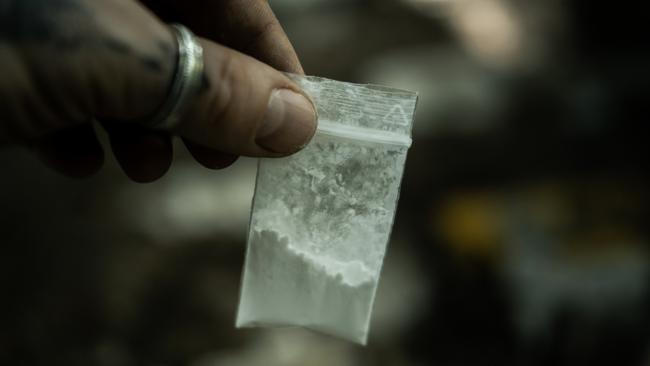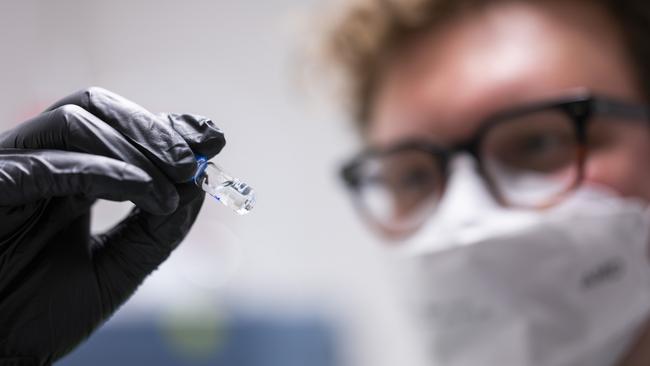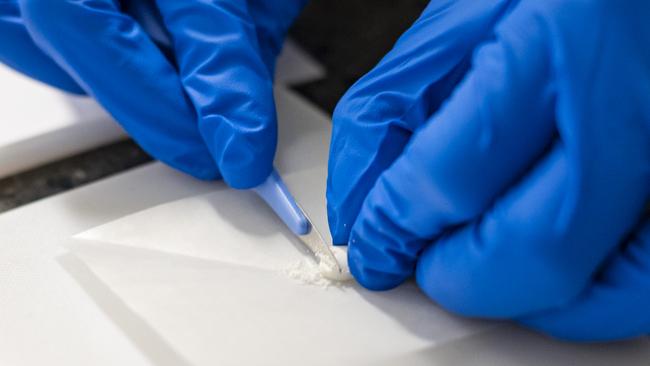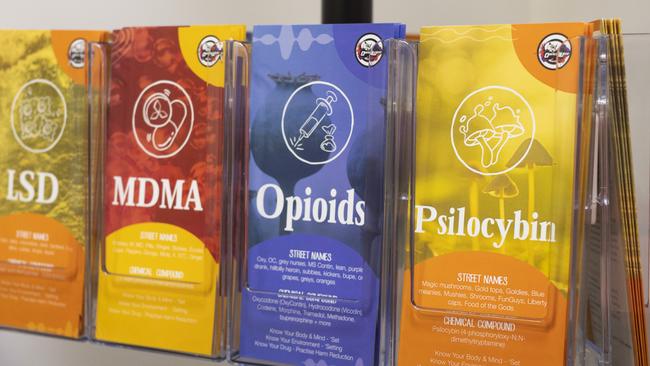New testing service reveals what is really inside common Australian drugs
Recreational drug users have been hit by a nasty surprise, after a first-of-its-kind testing initiative found out what is really in those pills and powders.
Health
Don't miss out on the headlines from Health. Followed categories will be added to My News.
The findings from a new, government-backed pill testing service have been released – and many recreational drug users are in for a nasty surprise.
The CanTEST Health and Drug Checking Service pilot program in the ACT has been running for a month, offering free and confidential drug testing to the community.
Since opening on July 21, the service has tested 58 samples, with only 30 of those testing positive for the drug the person believed they were in possession of.
Of those samples, 18 were discarded and 70 health interventions were made.
The drugs were analysed by chemists at the ANU Research School of Chemistry, with the results providing a shocking insight into the reality of Australia’s drug scene.
Samples of cocaine brought to the testing service had purity levels of 27 per cent, with 40 per cent of samples having no traces of cocaine at all.

One of the samples that contained no cocaine was found to instead contain dimethyl sulfone, which is most commonly used as pain relief and an anti-inflammatory agent.
Associate Professor Malcolm McLeod said the results provided important insight into the types of substances being sold in the local market.
“Results from the first month of the service provide a fascinating window on the local drug scene,” he said.
“They also suggest the service is reaching a far broader cross section of the drug taking community than what was possible from Australia’s first festival-based pill testing services conducted in previous years.”
Methamphetamine was expected in four samples and found in three powders presented to the clinic.
The sample that contained no methamphetamine was identified as entirely sugar, with the purity of the other powders ranging from 42 to 83 per cent.

All of the heroine samples were found to contain the drug, with purities ranging from 31 to 63 per cent.
To date, no fentanyls have been identified in any samples tested.
Of the 19 expected samples of MDMA, the drug was only detected in 13.
Where MDMA wasn’t found, a range of other substances were detected including caffeine and bk-2C-B, the latter of which is a psychedelic substance.
The purity of MDMA capsules ranged from 23 to 64 per cent, powders ranged from 19 to 62 per cent, pills ranged from nine to 21 per cent and crystalline substances ranged from six to 73 per cent purity.
Ketamine was detected in five samples but expected in seven, with purities ranging from 39 to 79 per cent.
In the samples where Ketamine wasn’t found, one sample contained lignocaine – which is used as an anaesthetic – and cocaine.
Another samples contained the ketamine derivative fluorexetamine. This is particularly concerning to researchers as little is known about the effects or risks associated with fluorexetamine use.
A range of other expected drugs were also detected during the first month of the program, including the psychedelic 2C-B, stimulant mexedrone and anti-anxiety drug phenibut that is prescribed in Russia.


In two test cases, unknown samples were found to include lactose and piracetam, which is marketed as a cognitive enhancer.
ANU Medical School Associate Professor, David Caldicott, helped oversee and run the testing service.
He said people who attended reported feeling safe and respected, as well as receiving good and clear information.
“Through the CanTEST service we are engaging with a new generation of young consumers, many of whom have never sought advice on their drug consumption before now,” Associate Professor Caldicott said.
“For some, those decisions involve choosing not to consume the drugs that they have volunteered to have tested. For others, they may choose to use their drugs in a way that makes them less likely to be harmed. For all, CanTEST acts as the catalyst for a conversation that all of them deserve.
“The idea that Australia will ever be ‘drug-free’ is magical thinking from a bygone era; an era that has singularly failed in the goals which it espoused.”
The service also tested 15 samples for traces of fentanyl – a drug of concern that has become increasingly more common.
None of the samples showed signs of these dangerous and potent synthetic opiates.
“The fact that fentanyl derivatives were not present in any of the samples test is very good news, given these dangerous and potent synthetic opiates have ravaged North America.”
The CanTEST trail will run for six months and is located inside the City Community Health Centre in Canberra.
The service is open every Thursday from 10am-1pm and every Friday from 6pm-9pm.
Testing can be as quick as 20 minutes, but may take longer depending on the substance and testing method being used.
Originally published as New testing service reveals what is really inside common Australian drugs





